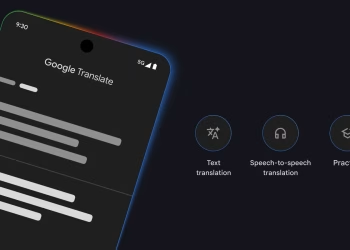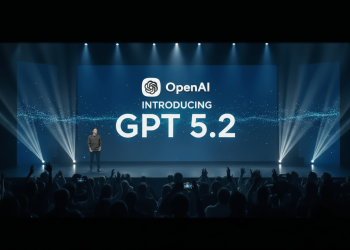In a major technological shift for federal oversight, the U.S. Department of Government Efficiency (DOGE) has launched the “DOGE AI Deregulation Decision Tool,” an artificial intelligence system charged with combing through roughly 200,000 federal regulations and flagging up to 100,000 for potential elimination by January 2026.
Initial pilots have been conducted at the Department of Housing and Urban Development (HUD) and the Consumer Financial Protection Bureau (CFPB). At HUD, the AI reviewed over 1,000 regulatory sections in under two weeks; at CFPB, it reportedly handled all of the bureau’s deregulation proposals.
According to an internal presentation dated July 1, the tool promises a 93% reduction in manual hours—potentially saving trillions in cost and manpower by speeding up compliance reviews and repeal drafting processes.
Technology insiders say the project emerged under the leadership of Elon Musk during his early involvement with DOGE. Musk alumni and engineers embedded within multiple agencies played key roles in bringing the system to life.
However, legal and technical experts are sounding alarms. HUD staff have reported instances where the AI misread legitimately compliant language as redundant. Critics argue the tool may bypass critical procedural safeguards under the Administrative Procedure Act, and could face legal challenges in court.
Further raising concerns is DOGE’s deployment of AI chatbots and data-processing tools such as Grok and GSAi. These have been used in multiple agencies to automate customer service and internal workflows—and in some cases to analyze sensitive information—without clear FedRAMP authorization or oversight protocols
Critics warn that DOGE’s fast-moving, Silicon Valley–style implementation risks eroding institutional checks, and may limit expert human judgment in critical regulatory matters
















